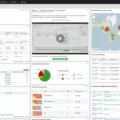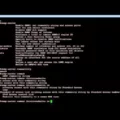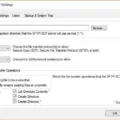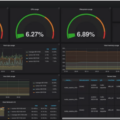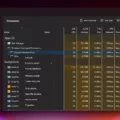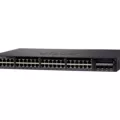SNMP traps are an invaluable tool for monitoring and managing your network infrastructure. They provide a way to alert administrators of critical events or changes that occur on their networks. SNMP traps are messages sent from a network device (agent) to its manager (server). These messages can help keep track of what’s going on in the system, as well as enable automated responses to certain events.
There are three types of SNMP traps: standard, built-in, and user-defined. Standard traps are pre-programmed into the device and are triggered by certain pre-defined events such as link up/down, temperature thresholds, etc. Built-in traps are provided by the vendor and have more specific behavior than standard traps. Finally, user-defined traps give users the flexibility to define custom triggers based on their individual needs.
SNMP traps use UDP port 162 to communicate with the manager, while commands from the manager use UDP port 161. When an agent has something it wants to report or is responding to a command, it will send an SNMP trap via port 162. On receipt of this trap, the manager can act accordingly – for example, by sending out an alert or running a script that takes corrective action.
Overall, SNMP traps can be extremely useful for monitoring your network infrastructure and responding quickly to any critical issues that may arise. By setting up custom triggers you can be sure that you’re notified when something unexpected occurs in your system so you can take appropriate action before any major damage is done.
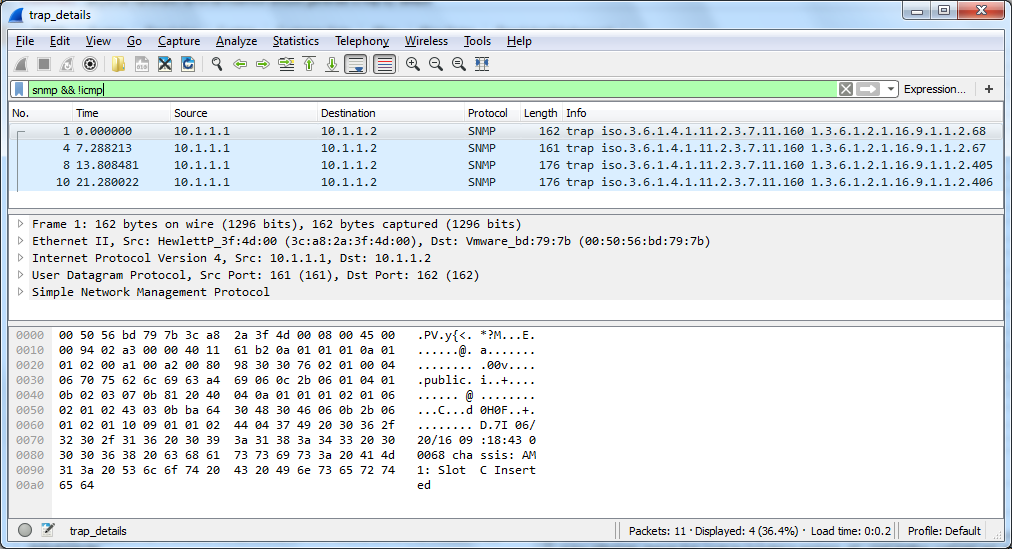
Types of SNMP Traps
Standard traps are pre-defined messages that are sent by an SNMP agent to an SNMP manager, and they can provide information about a wide range of network conditions, such as link up/down, interface up/down, low battery warnings, and so on. Built-in traps are similar to standard traps, but they are specific to the device or system being monitored. User-defined traps allow for more customization and can be configured to send out specific alerts based on user-defined parameters.
Differences Between SNMP and SNMP Trap
SNMP (Simple Network Management Protocol) is a protocol used for managing devices on a network. It allows devices to communicate and exchange information about the status of various components on the network. SNMP is typically initiated by the server polling the devices for information, such as interface information or CPU utilization.
SNMP Trap, on the other hand, is an alerting mechanism that allows a device to send unsolicited messages to an SNMP-enabled server without waiting for a poll. This is useful when immediate notification of an event or change in status is needed, such as a high-temperature reading or an interface going down. Traps are sent directly from the device to the SNMP server, bypassing any polling process.
Receiving SNMP Traps Through Which Ports?
SNMP traps are sent using port 162. This is the default port used for sending SNMP traps, which are messages sent from an SNMP agent to an SNMP manager. The SNMP manager can use this port to receive notifications from the agent about device events or errors. Port 162 is a fundamental default for SNMP trap communications.
Uses of SNMP Trap
SNMP traps are used by network management systems to send asynchronous notifications to the network manager when a certain event occurs. These events can include link failures, exceeded thresholds, or other system changes. Traps can be used to alert the network manager about these events in real time so that appropriate action can be taken as soon as possible. By having notifications sent immediately, network managers can quickly identify and address potential problems before they become major issues. Additionally, SNMP traps provide more detailed information than other methods of notification like email or SMS messages which makes it easier for the network manager to effectively troubleshoot and diagnose the issue.
Triggering an SNMP Trap
To trigger an SNMP trap, you first need to open the SNMP Agent properties. This can be done by selecting Configuration, then browsing to Other Elements > Engine Properties > SNMP Agents. Once the properties are open, you need to configure the Traps section. Here, you will specify the sender of the SNMP trap. Once you have done this, click Add and enter the IP address and UDP port where the traps should be sent. Once all information has been entered and saved, your SNMP trap will be triggered.
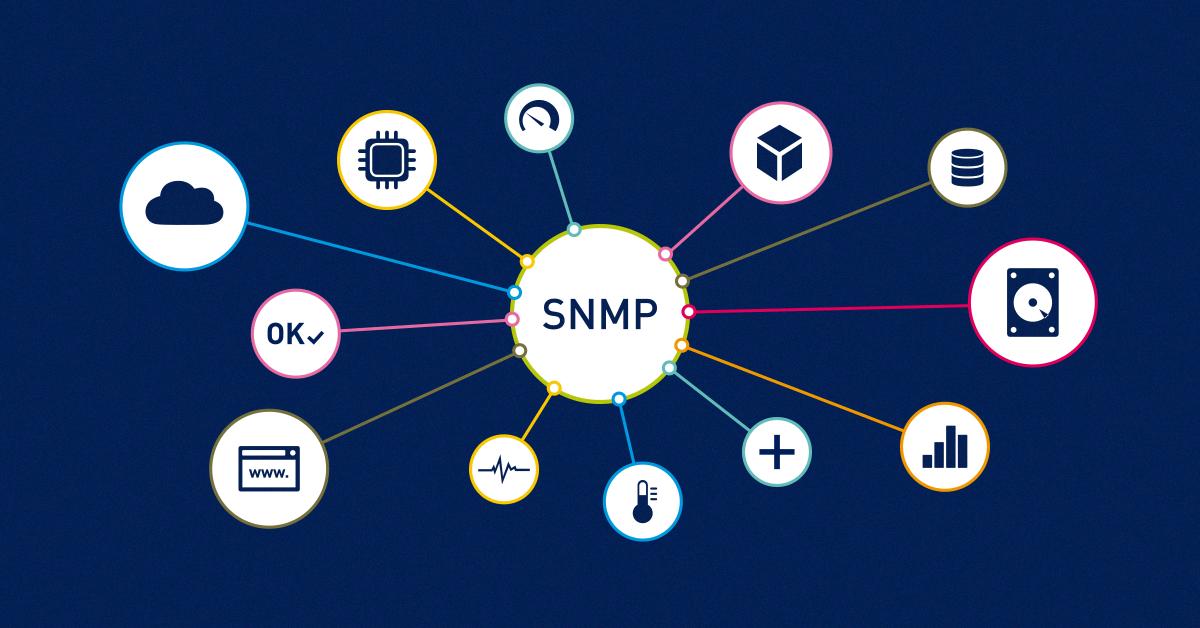
Source: kamransaifullah.medium.com
Conclusion
In conclusion, SNMP traps are an important tool for network monitoring. They enable network administrators to receive notifications when certain events occur on a device or within a network, allowing for proactive management and maintenance of the system. Traps can be used to check for operational thresholds or failures, and messages are sent via UDP port 162. With SNMP traps, network administrators can take the necessary steps to troubleshoot and resolve issues quickly.

